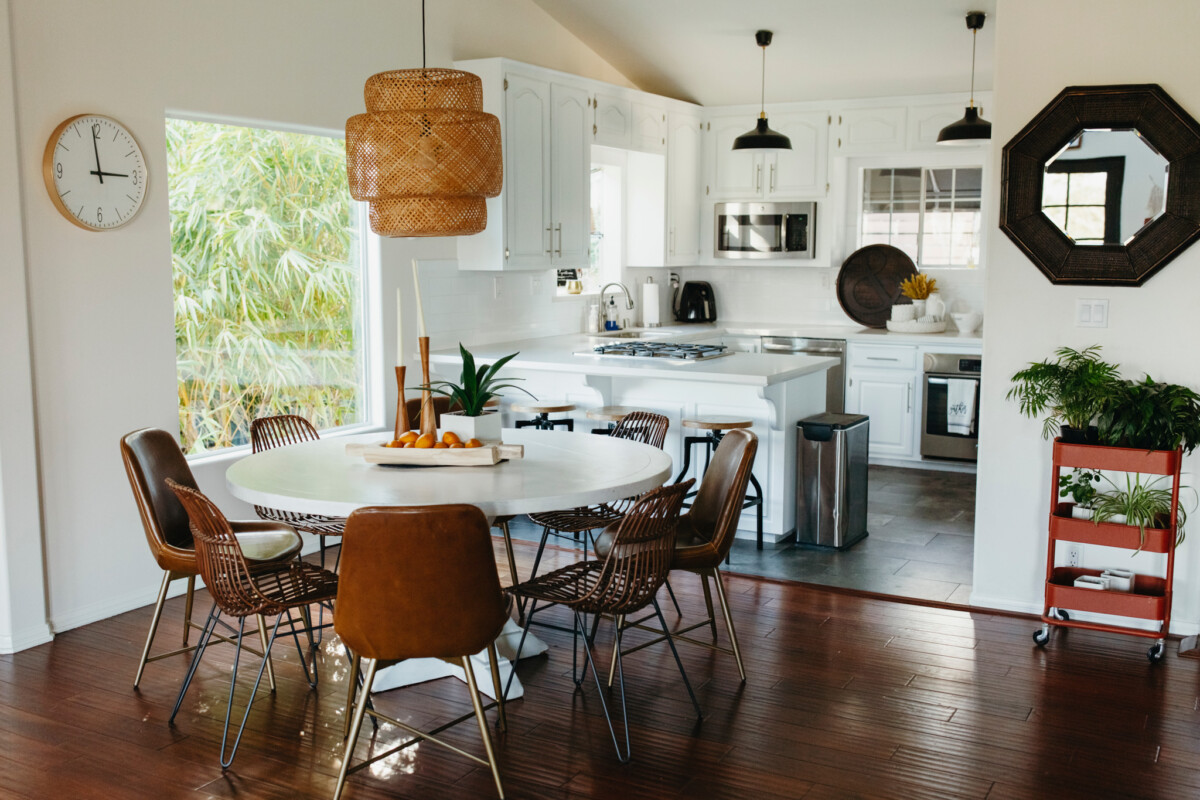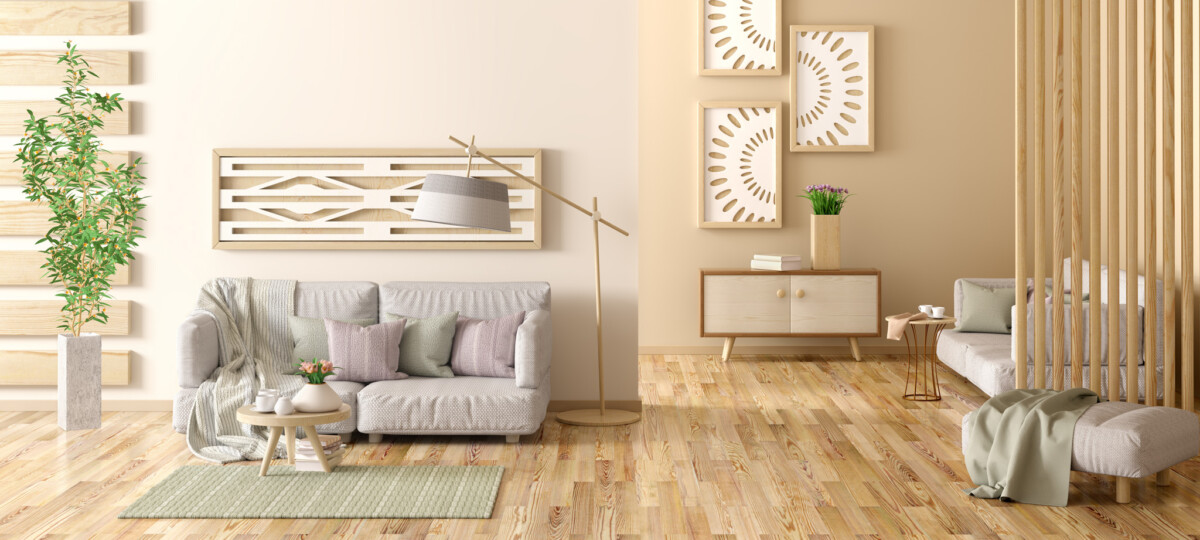In today’s housing landscape, the demand for multigenerational home design is skyrocketing. With families choosing to live together across generations—whether for cultural, economic, or caregiving reasons—the need for thoughtfully designed spaces that balance privacy, independence, and connection is more important than ever.
Multigenerational homes often include grandparents, adult children, grandchildren, or extended family members all sharing the same property. As this living arrangement becomes increasingly common, especially in the wake of rising housing costs and elder care needs, homebuilders and renovators alike are adopting new strategies to create spaces that serve diverse age groups harmoniously.
The Rise of Multigenerational Living
Multigenerational living isn’t a new concept. In many cultures, it has long been the norm. However, in the United States and other Western countries, this lifestyle is seeing a resurgence. According to the Pew Research Center, nearly one in five Americans—about 20% of the population—lived in a multigenerational household as of 2021. This number continues to rise, driven by:
- Aging populations who prefer aging in place or within a family support system.
- High housing costs, encouraging young adults to live at home longer.
- Cultural values that emphasize family closeness and care.
- Economic benefits, such as shared expenses and caregiving duties.
As families evolve, so must the homes that accommodate them.
Key Features of a Multigenerational Home Design
Designing a home for multiple generations is not just about extra bedrooms. It requires a strategic layout, intelligent use of space, and tailored features that ensure everyone—from toddlers to seniors—feels comfortable and respected. Here are the essential design principles:
1. Separate Living Spaces
Privacy is critical in a multigenerational home. Separate living areas such as in-law suites, basement apartments, or detached guest houses allow family members to live independently while staying close. These often include a bedroom, bathroom, kitchenette, and sometimes a separate entrance.
2. Flexible Shared Spaces
Common areas, such as kitchens, dining rooms, and family rooms, need to be spacious, multifunctional, and easy to navigate. Open floor plans with adaptable furniture help maintain a sense of unity while preventing overcrowding.
3. Multiple Entrances
Separate entrances for different generations or wings of the home enhance privacy and reduce traffic through shared areas. This feature is particularly beneficial for accommodating working adults or elderly parents who use mobility aids.
4. Accessible Design
Universal design is crucial for aging family members and individuals with disabilities. This includes features like wider doorways, no-step entries, walk-in showers with grab bars, lever-style door handles, and slip-resistant flooring.
5. Double Kitchens or Kitchenettes
A secondary kitchen or kitchenette allows for independent meal preparation, which is especially useful if one generation keeps different hours or dietary preferences. It also reduces congestion in the central kitchen during busy times.
6. Zoned Heating and Cooling
Different generations may have different comfort levels. Zoned HVAC systems enable individualized temperature control in various parts of the house, enhancing comfort and energy efficiency.
7. Soundproofing and Insulation
Noise management is essential when you have a whole house. Acoustic insulation between floors and walls helps maintain peace and quiet. It reduces disruptions—especially between generations with varying sleep schedules or lifestyles.
Renovating for Multigenerational Living
If you’re updating an existing home to make it suitable for a multigenerational lifestyle, consider the following renovation strategies:
- Convert a garage or basement into an in-law suite.
- Add an accessory dwelling unit (ADU) or a tiny home in the backyard if permitted by zoning.
- Split the home by installing walls or doors to create semi-private zones.
- Upgrade bathrooms for accessibility with walk-in tubs or barrier-free showers.
- Install dual laundry facilities for added convenience.
These updates can also increase property value, as multi-generational-friendly homes appeal to a broader range of buyers.
Smart Technology for Multigenerational Homes
Modern technology plays a crucial role in making multigenerational living easier and more efficient:
- Everyone from a single app can control smart home systems for lighting, temperature, and security.
- Video doorbells and smart locks provide safety and convenience for families with different schedules.
- Voice-activated assistants help elderly or visually impaired residents control devices hands-free.
- Home monitoring systems allow family members to check on aging parents discreetly and respectfully.
Benefits of Multigenerational Living
Designing for multiple generations doesn’t just solve practical problems—it also enhances quality of life. Here are some key benefits:
- Cost Sharing: Utility bills, groceries, and mortgages can be split, reducing financial pressure.
- Childcare Support: Grandparents can provide childcare, while younger adults can assist with elder care.
- Stronger Family Bonds: Regular interaction fosters closeness and better communication.
- Emotional Security: Living together provides a sense of safety, love, and shared responsibility.
Potential Challenges—and Solutions
Multigenerational homes present challenges, including privacy concerns, interpersonal conflicts, and logistical difficulties. However, thoughtful design and clear communication can help:
- Set boundaries: Establish clear house rules and shared responsibilities from the outset.
- Designate quiet hours to respect different sleep or work schedules.
- Create neutral zones where all generations can gather equally without hierarchy or dominance.
- Consider legal and financial planning for property ownership, wills, and caregiving duties.
Real-World Example: A Harmonious Layout
Imagine a two-story home designed for a family of six: two grandparents, two working parents, and two young children. The layout includes:
- Ground Floor: A private in-law suite with a bedroom, bath, and kitchenette; central kitchen and living room with an open layout; shared laundry room.
- Second Floor: Main suite for the parents, two bedrooms for children, a shared bath, and a study nook.
- Garage Loft: Converted into a home office and guest space.
This configuration offers privacy, functionality, and plenty of space to grow.
Conclusion
Multigenerational home design is more than a trend—it’s a response to modern realities and timeless family values. Whether building from scratch or remodeling an existing space, the goal is to create a harmonious environment where every generation can thrive. With careful planning and inclusive design, it’s possible to achieve a home that’s functional, flexible, and full of life for everyone under its roof.
Thank you for reading! If you enjoyed this article and want to explore more content on similar topics, check out our other blogs at Sonic Loans, Sonic Realty, and Sonic Title. We have a wealth of information designed to help you navigate the world of real estate and finance. Happy reading!
Are you looking for the right loan? Check out Sonic Loans for tailored mortgage solutions that make home financing simple and efficient.
Open House Etiquette for Buyers in Livonia
How to Avoid PMI in Canton: A Homebuyer’s Guide
Digital Closings in Canton: Are They Legal Yet?
Allen Park Commute Times and Real Estate Impact
Real Estate Terms Every Dearborn Buyer Should Know
Reverse Mortgage Rules for Allen Park Seniors
Walkability Scores: How Garden City Stacks Up
What Your Home Insurance Doesn’t Cover in Garden City
Is Now the Right Time to Buy in Garden City?










